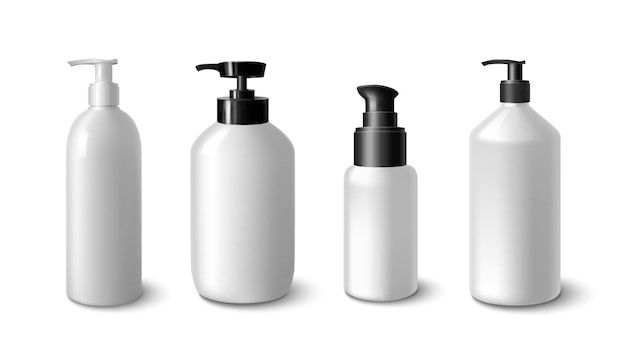if you are a regular coffee buyer, you will be most likely familiar with the extensive array of packaging used for offering &ldquofreshroasted&rdquo coffee. pouches, paper bags, foil bags, jars, cans and boxes are all ordinary containers used by roasters for packing, promoting and transporting their beans. apart from the marketing, however, does packaging of coffee really matter is one kind of packaging is better than other at upholding justroasted freshness after much testing and research, it is found that when it comes to the issue of real freshness, packaging material is largely inappropriate. freshroasted coffee is one of those highly perishable food products which have a shelf life equivalent to that of fresh fruit or bread. after roasting, there is no single way to preserve coffee aromatics and flavors intact beyond around seven days. it is virtually impossible to do it. about one week few days here and there depending on the type of the roast and coffee. regardless of smart marketing and persistent myths to the divergent, beyond the given limit, packaging cannot preserve justroasted aromatics and flavors. the only way to make sure coffee is fresh is to purchase it as immediately after it was roasted as possible. what packaging can do is protecting the beans from extreme oxygen exposure, avert bean breakage while transporting it from one place to another and contain coffee oils. but, then one question starts eating mind. &ldquowhat about all those nitrogenflushed foil bags, one way valve bags, and vacuum sealed tins&rdquo the fact is that they all can avert coffee from severe oxidation and staling after a lot of weeks on a shelf. however, they do nothing to really preserve justroasted freshness. unfortunately, all the &ldquohigh tech&rdquo packaging, which are there in the market these days, may in fact have become a reason for some roasters to give good reason for selling stale coffee by letting it stay on the shelf until someone buys it. so, to conclude, it can be said that the most effective bag to preserve the freshness of coffee is the one with a true roast date printed prominently and clearly on it. here, a true roast date refers the day on which the coffee was actually roasted. this permits the consumer to make an informed purchasing decision regarding the freshness of the coffee they are about to purchase. along with the factor of retention of freshness, there is also an issue of environmental concern. this is one factor that should be considered always when selecting coffee packaging. it is true that the coffee roasters are opted away from wasteful foil and plastic bags, which are not recyclable or compostable and unavoidably end up in landfill it is a serious waste issue when the amount of coffee americans consume is considered. as a substitute, a kraft paper bag lined with glassine for all wholesale and retail packaging can be chosen. glassine is extremely thin kind of paper that is grease, water and air resistant. it&rsquos an exact packaging material for coffee&rsquos trip from roaster to the cupboard of an end customer. as it is made up of paper, it&rsquos completely recyclable. so there we get the answer for our query &ndash a paper. even if you drink coffee daily, you can buy it on weekly basis to get as fresh coffee as possible. source of information httpwww.flyinggoatcoffee.comnewscategorycoffeepackaging






